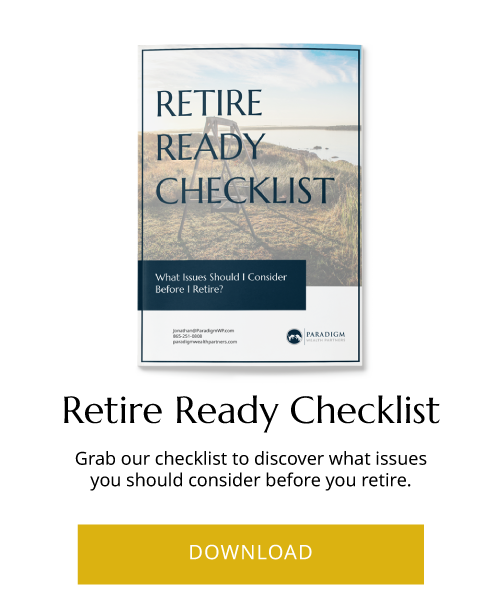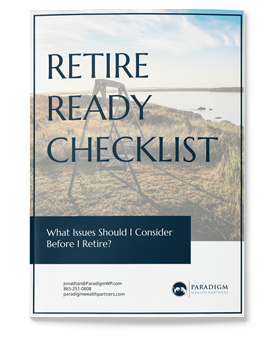Envelope Budgeting
Budgeting with Envelopes
Budgeting…practically a curse word in some houses. But it doesn’t have to be scary, intimidating and down-right fear-inducing. We’re going to post a series of blogs about different kinds of budgeting. You can pick what works best for you or even do a hybrid of the recommendations.
Budgeting isn’t meant to be frightening; it’s meant to make your financial future more secure. Traditional budgets usually don’t work. Life gets in the way and unless you are super strict and financially nerdy, it’s not interesting. I’m not even the budgeter in my own house; my wife is. She’s great at keeping up with the day-to-day and monthly expenses while I focus on the big-picture investments.
Styles of Budgeting
The two styles of budgeting I recommend are the envelope system and the zero-based budget. This blog will focus on the envelope system.
The envelope system is designed to use cash for all payments. That tends to be difficult in this day and age so we use an excel sheet to track our “virtual envelopes” *shout out to my wife for creating it*. There are also some apps like Goodbudget, or YNAB (You Need A Budget). Many budgets ask you to forecast what your income will be and then break that into categories for spending with the idea that you don’t spend over that allocated dollar amount. I recommend starting with your current financial position; meaning takes a snapshot of your checking account and start with that dollar amount. I will walk you through the envelope system, which again can be used with cash in real envelopes or digitally, either using an app or document system that works best for you. The first step is to take the snapshot of your checking account and determine the starting value you have to pay expenses.
Next Steps
The second step is to list your categories. Those are usually broken down into non-discretionary expenses and discretionary expenses. The third step is to take your starting value in your checking or savings account and assign a portion of that into each category. As you spend money you take it out of the corresponding envelope and once the envelope is depleted you should stop spending in that category. Every time you get paid you then replenish the envelopes, or theoretical envelope.
The idea that you are going to stop going to Starbucks and spending $6 on the Venti Drink of choice is ludacris. The coffee is not what you are buying; it is the experience that you are buying. It is likely you genuinely enjoy stopping at Starbucks as part of your daily routine, the smell of the store, the machines grinding the beans that are making your Cafe Americano. People are creatures of habit and that experience is part of your habit. What is essential is prioritizing your other non-discretionary expenses. If you enjoy the $6 drink daily, then you may need to sacrifice another expense that is less enjoyable to you like your weekly People magazine purchase at the grocery store.
Thanks for reading! Want to learn more about other financial tips? Visit our blog here!
1-858753
Content in this material is for general information only and not intended to be provide specific advice or recommendation for any individual.



